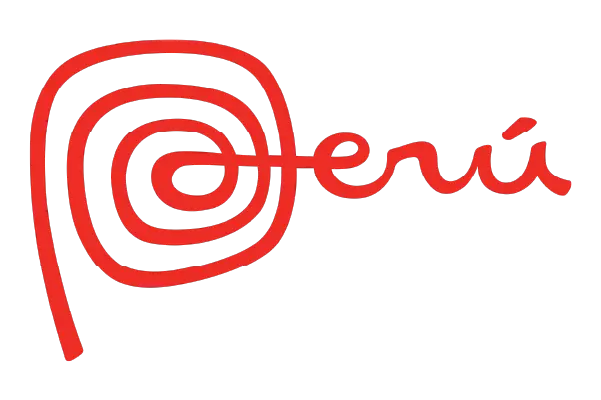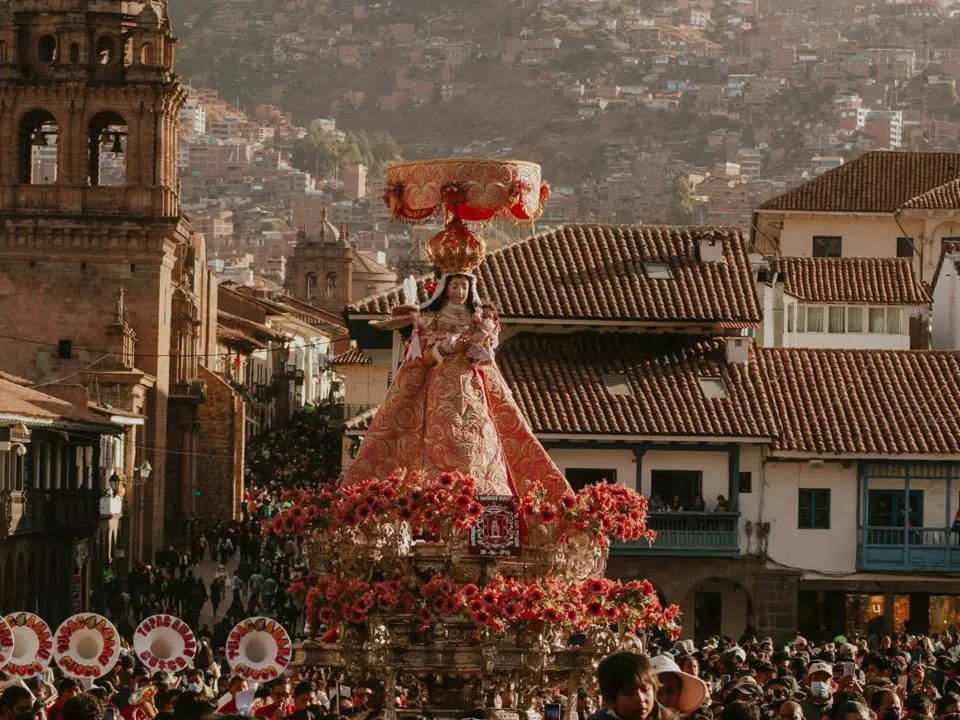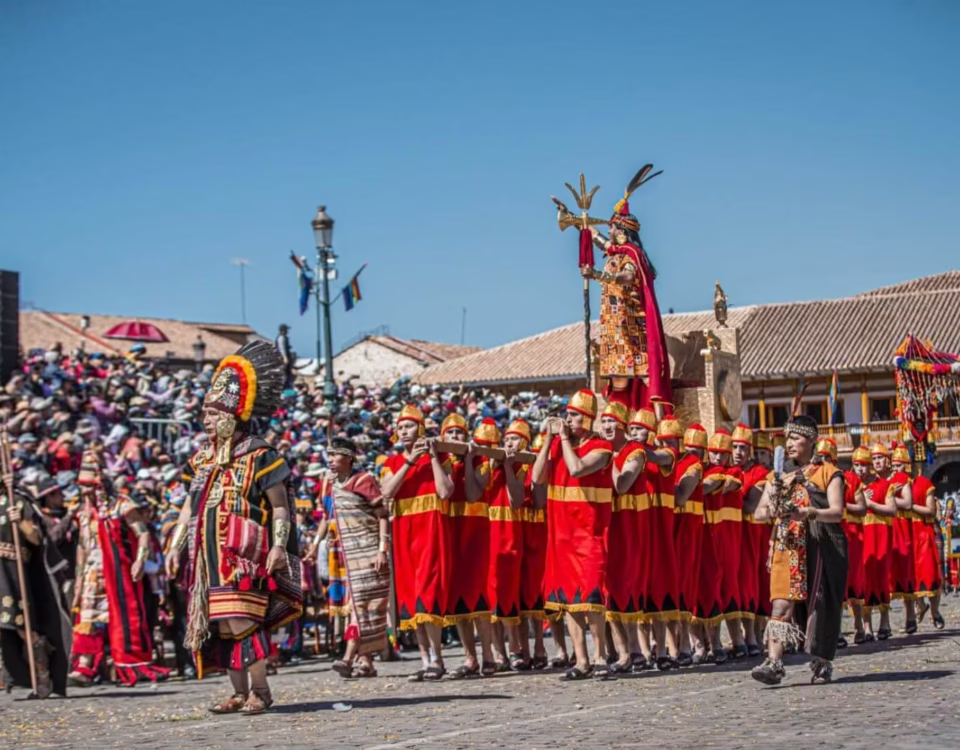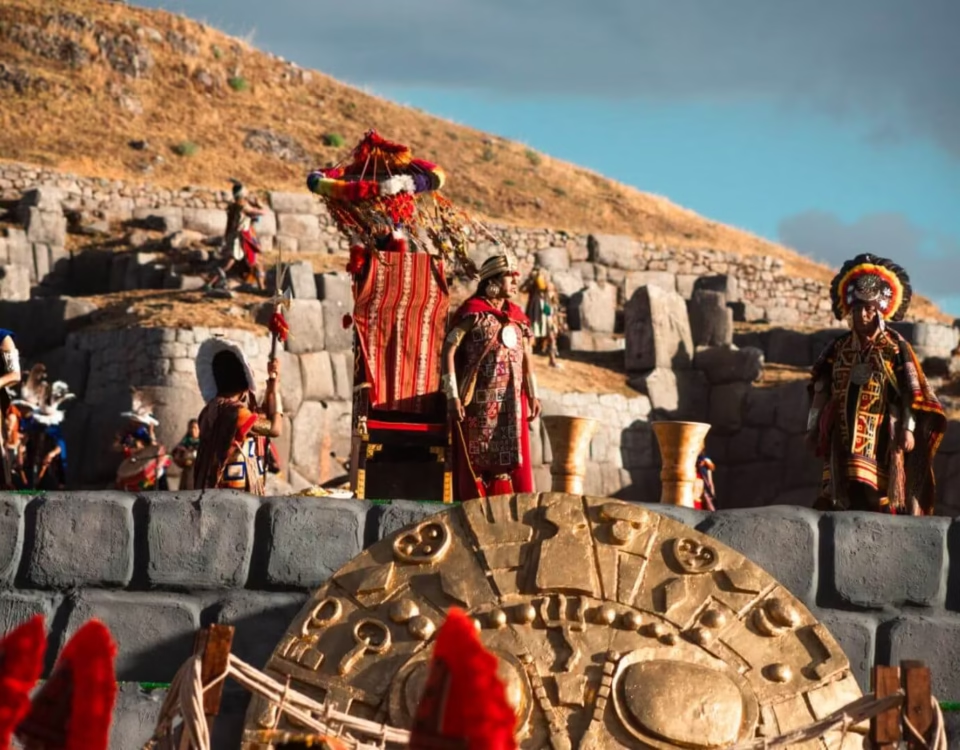Virgin of Carmen of Peru: Heritage Celebration of Faith and Folklore
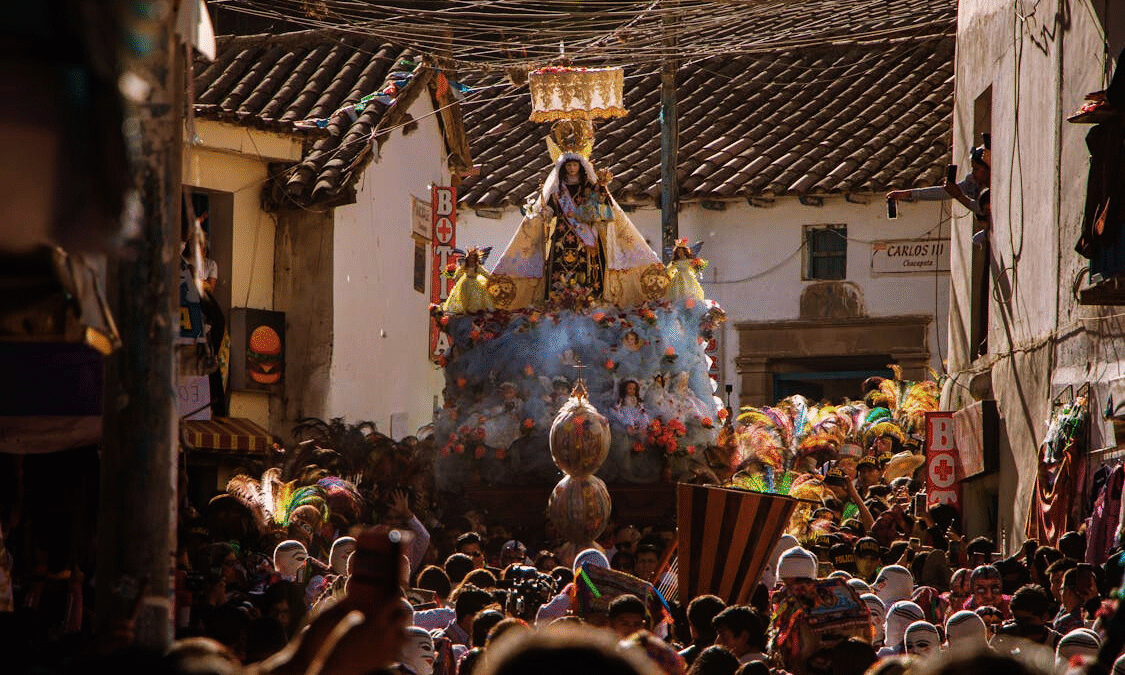
The Virgin of Carmen is a central figure in the religious and popular culture of Peru and much of Latin America. Her devotion not only represents the deep faith of the people, but also is closely intertwined with ancestral traditions, folkloric celebrations, and moreover, cultural tourism. In fact, in Peru, particularly in Paucartambo, the festival honoring the Virgin of Carmen is truly a phenomenon that attracts thousands of visitors. As a result, it awakens a fervor that transcends generations, thus becoming an important cultural and spiritual event. Additionally, this celebration highlights the unique blend of faith and heritage that defines the region. Therefore, it continues to captivate both locals and tourists alike.
Why is the Virgin of Carmen so venerated in Peru and Latin America?
The Virgin of Carmen is considered a spiritual protector and a symbol of collective identity in many Latin American countries, but her importance in Peru is particularly remarkable. Her veneration combines Catholic religious elements with cultural expressions unique to indigenous peoples.
The Virgin of Carmen is seen as the “protective mother,” who offers shelter against the difficulties of everyday life. The mix of religious syncretism — where indigenous beliefs fuse with Catholic devotion — has made the figure of the Virgin of Carmen a sacred link between heaven and earth, between the spiritual and the earthly.
Religious, Cultural, and Touristic Importance
Religious
The devotion to the Virgin of Carmen manifests itself through various religious ceremonies, masses, processions, and offerings that express the deep faith of the people. She is considered an intermediary between the believers and God, a maternal figure who protects her community.
In Paucartambo, the festival of the Virgin of Carmen is one of the most significant. The main procession attracts thousands of devotees who walk for hours, carrying images, flowers, and songs in honor of the Virgin.
Cultural
Beyond religiosity, the festival of the Virgin of Carmen is a cultural celebration that integrates dances, music, traditional clothing, and ancestral rituals. In Paucartambo, these cultural expressions become a unique spectacle that preserves Andean roots and fosters a sense of identity.
The use of colorful masks, embroidered costumes, and choreographies that tell stories of struggle, faith, and hope make the celebration of the Virgin of Carmen also an artistic manifestation with great heritage value.
Touristic
The fame of the Virgin of Carmen festival has grown internationally, becoming an important tourist attraction. Visitors from all over the world come to Paucartambo to experience firsthand this unique event that blends faith and folklore.
This event generates a positive economic impact in the region, promoting sustainable tourism and the dissemination of local culture. For many tourists, the festival is an opportunity to know the cultural richness of Peru and experience the hospitality of the Andean people.
The Relationship Between the Virgin of Carmen and the Town of Paucartambo
Paucartambo, located in the Cusco region, holds the status of being the epicenter of devotion to the Virgin of Carmen in Peru. This town, which keeps its ancestral traditions alive, has turned the festival into an expression of community identity.
The town and its inhabitants see the Virgin of Carmen as their protector. Every July, locals, pilgrims, and tourists come together to celebrate the festival. The organization of the festival is a collective act of faith involving all families and nearby communities.
History and Origin of the Devotion to the Virgin of Carmen
The devotion to the Virgin of Carmen has its roots in the arrival of the Carmelite order to America in the 17th century. Spanish colonizers adopted the Virgin of Carmen, patroness of Mount Carmel in Israel, and spread her devotion through religious missions.
In Peru, Andean beliefs merged with devotion, integrating the Virgin as a protective and spiritual mediator. In Paucartambo, historical accounts tell us that the Virgin appeared to protect the community from various dangers and calamities. Consequently, over time and through countless acts of kindness and bravery, her presence gradually became deeply rooted in the hearts of the people; therefore, ultimately solidifying her role as a beloved and trusted protector. Moreover, this connection grew stronger as generations passed, reinforcing her significance within the community.
The Festival: A Spectacle of Faith and Tradition
The festival honoring the Virgin of Carmen in Paucartambo is not only a vibrant mix of religious rituals but also a powerful display of folkloric expressions.Moreover, for several days, the city bursts into life with colors, music, and traditional dances like “Mamacha” and “T’inkus.” Locals and visitors alike dive into a vibrant cultural celebration rooted in tradition. The devotion to the Virgin of Carmen also creates a unique atmosphere, blending spirituality with festivity.
The processions carry the image of the Virgin through the streets, accompanied by thousands of devotees who show their faith through chants and offerings. The dancers, with masks and elaborate costumes, represent stories combining Christian and Andean elements, making this celebration a unique event in the world.
Contemporary Meaning and Future of the Devotion
Today, devotion to the Virgin of Carmen remains a living symbol that unites faith, culture, and community. Moreover, the festival continues to attract new generations who, in turn, keep ancestral traditions alive. At the same time, the rise of cultural tourism not only fosters deeper appreciation but also promotes global recognition of this vibrant celebration.
The future challenge is to preserve the authenticity of the ritual, avoiding excessive commercialization, and continue promoting respectful tourism that values the intangible heritage represented by the Our Lady of Mount Carmel.
The Our Lady of Mount Carmel is not only a religious figure but a cultural emblem reflecting the identity, history, and spirituality of Peru and Latin America. The festival in Paucartambo is a living example of how faith can unite with folklore to create an experience that transcends the material and touches the soul of those who participate.
By inviting others to know and respect this tradition, we are not only fostering cultural appreciation, but also actively contributing to the preservation of an invaluable heritage. Consequently, this effort enriches the cultural diversity of the world and promotes mutual understanding among different societies.
Contact us anytime for travel tips, personalized itineraries, or cultural insights:
